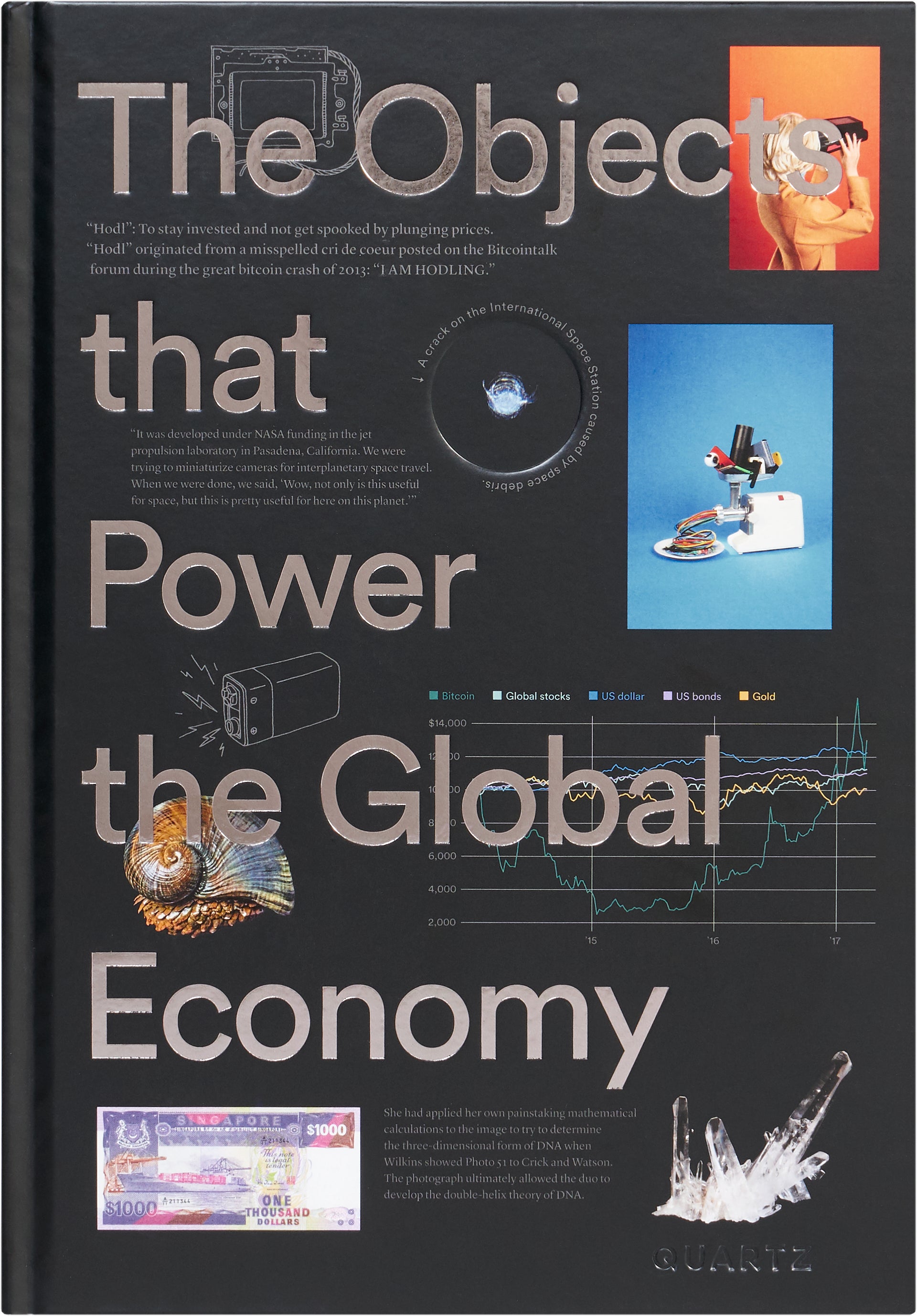Bill Gates on the biggest bets in energy investing
This piece is featured in Quartz’s new book The Objects that Power the Global Economy. You may not have seen these objects before, but they’ve already changed the way you live. Each chapter examines an object that is driving radical change in the global economy. This is from the chapter on the lithium-ion battery, which explores the future of energy.


This piece is featured in Quartz’s new book The Objects that Power the Global Economy. You may not have seen these objects before, but they’ve already changed the way you live. Each chapter examines an object that is driving radical change in the global economy. This is from the chapter on the lithium-ion battery, which explores the future of energy.
Breakthroughs in energy technologies could reduce air pollution, help people escape poverty, and avoid the worst effects of climate change. But here’s the tricky part: We don’t yet know which ones will succeed. So we need to explore lots of ideas with investments from both the government and the private sector.
Improved batteries are one possible breakthrough that could help scale existing renewable sources like wind and solar. Solar fuels are another that could power airplanes, trucks, and cargo ships without adding any CO2 to the atmosphere. These fuels are made by using sunlight to split water into oxygen and hydrogen, then combining the hydrogen with carbon dioxide to make hydrocarbons.

Another path is to make nuclear power safer and cheaper. I founded a business that is working on several approaches to this. The most promising is a traveling wave reactor (TWR) that would run on depleted uranium, a waste product created by today’s light-water reactors. A TWR could be sealed up and run for decades without refueling, requiring little maintenance or personnel and reducing the chance of accidents.
A super-efficient power grid is another possible solution. High-voltage direct current lines—technology already used in China and elsewhere—make it possible to transmit electricity more efficiently over long distances. With a grid like that, the US could generate solar power in Arizona or wind power in the Midwest and transmit it cheaply wherever it’s needed.

Figuring out which of these ideas will work, 1 and then deploying them, requires investment from governments and the private sector alike. Government funding gives scientists the freedom to come up with and test bold new ideas, and then private investors take innovation from the lab to the marketplace with companies that deliver solutions at scale.
There is progress on both fronts. In 2015, more than 20 countries and the EU committed to doubling their investments in energy R&D by 2020. And in December 2016, I joined a group of business leaders to launch Breakthrough Energy Ventures, a fund that will invest more than $1 billion in advances that could deliver cheap, reliable, clean energy to the world. The investors involved are patient, understanding that the big breakthroughs may be many years down the road.
This is urgent work. But I am optimistic that, with the right investments, we can make the breakthroughs that will create a clean-energy future for everyone.